Sexual reproduction in Arctic and subarctic flowering plants is often overlooked, but has important ecological and evolutionary consequences. Berry and other fruit production for many species in Alaska requires the movement of pollen by pollinating insects from one plant to another. Changes in the composition and structure of plant communities due to invasive plant establishment and changes in the dominance of native species are likely affecting plant reproductive ecology in diverse ways in the state. Our research focuses on pollen limitation of fruit and seed production in tundra systems, plant reproductive interactions, pollinator-mediated selection on floral traits, and insect pollinator community composition.
Past Projects
Parrya nudicaulis Studies:
Because arctic and subarctic regions are expected to be pollen-limited, two studies were conducted on Parrya nudicaulis populations in Alaska. The reproductive ecology of this species was investigated to estimate the degree of pollen limitation. Additionally, the selection of Parrya nudicaulis was assessed in open-pollination vs. pollen augmentation treatments as well as phenotypic selection on floral traits.
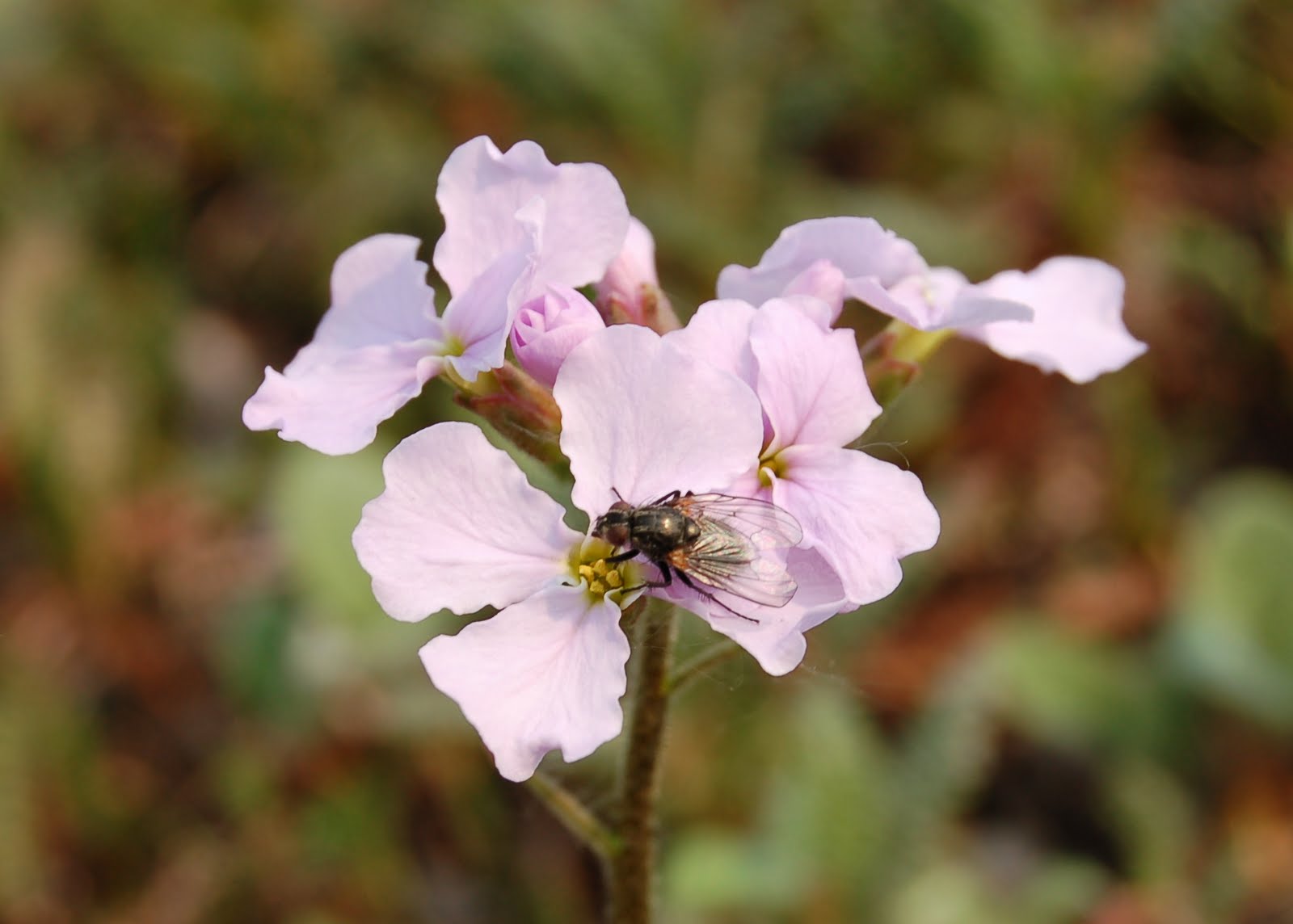
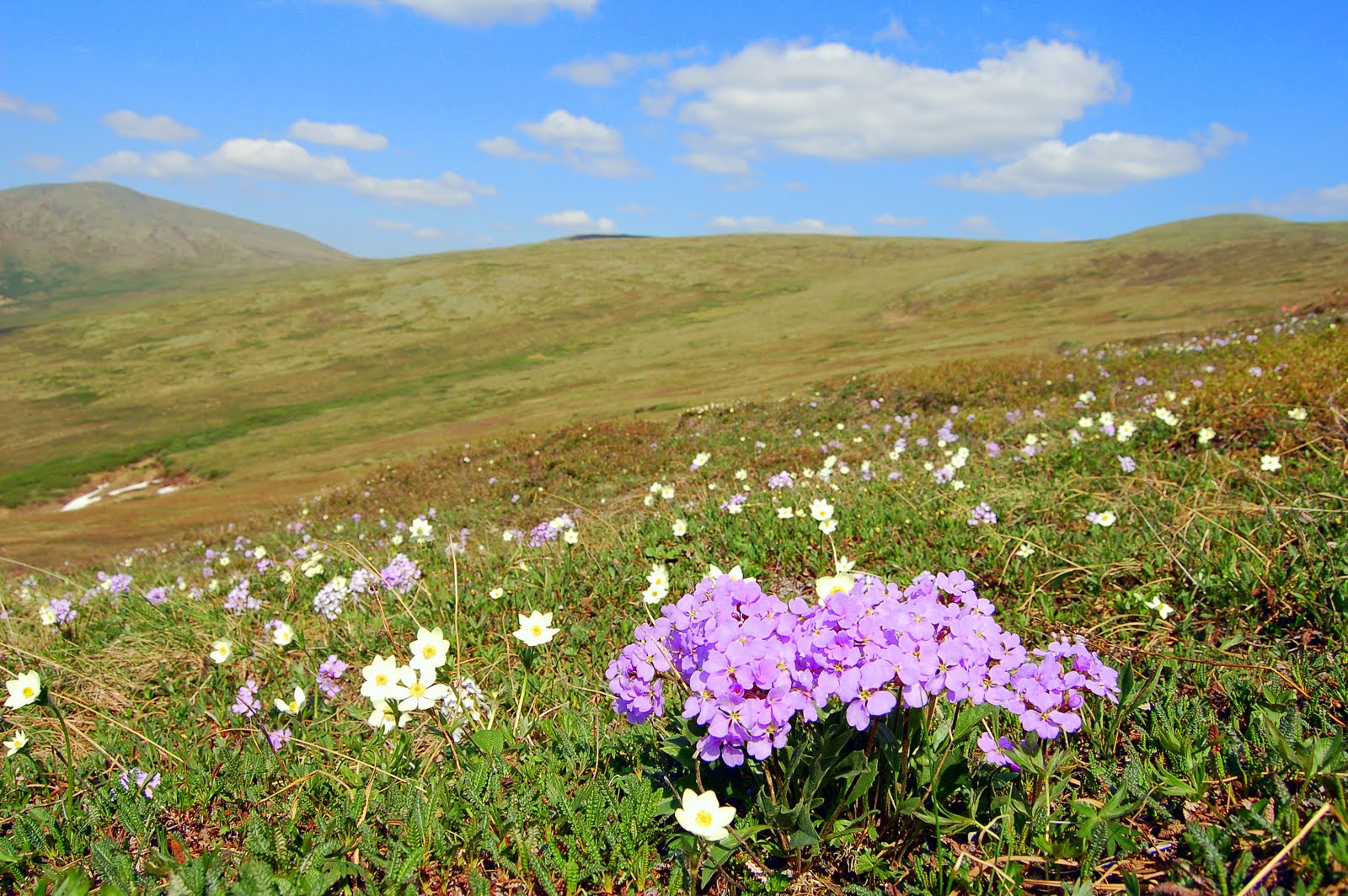
For more information, see:
Fulkerson, J.R., J.B. Whittall, and M.L. Carlson. 2012. Reproductive ecology and severe pollen limitation in the polychromic tundra plant, Parrya nudicaulis (Brassicaceae). PLoS One 7:e32790.
Carlson, M.L., and J.R. Fulkerson. 2022. Phenotypic selection on floral traits in the arctic plant Parrya nudicaulis (Brassicaceae). Ecology and Evolution 12:e8624.
Melilotus albus Studies:
In Alaska, Melilotus albus, white sweetclover, is considered an invasive species. Because it’s highly attractive to pollinators, there is a concern that it may have negative impacts on native plants by drawing away pollinators. Researchers at ACCS have been involved with multiple studies testing the effects of Melilotus albus on native plant pollination and community ecology.
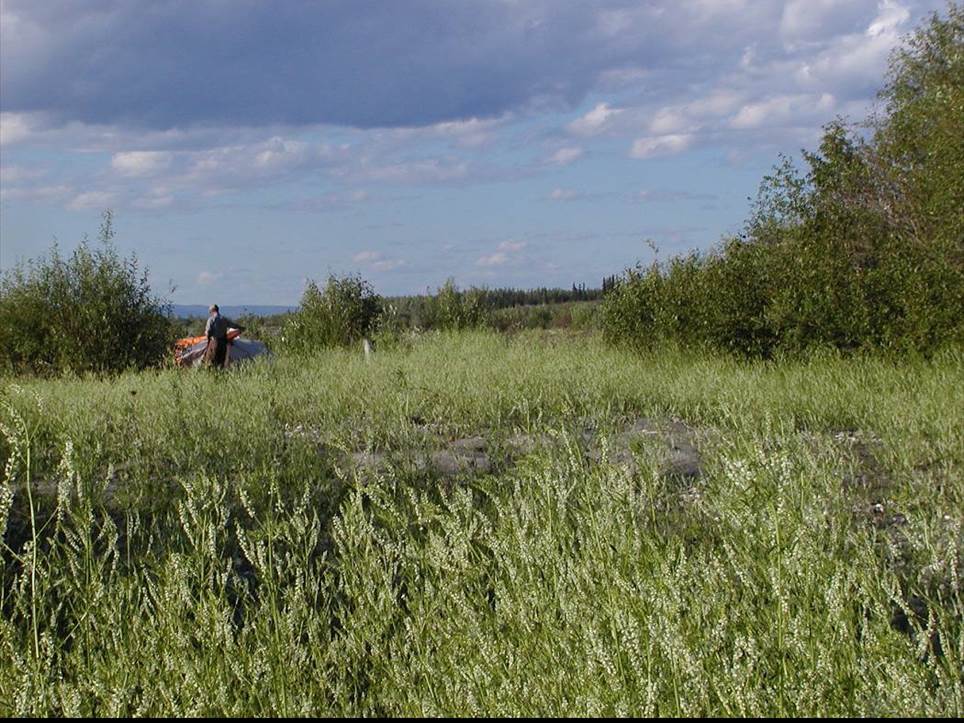
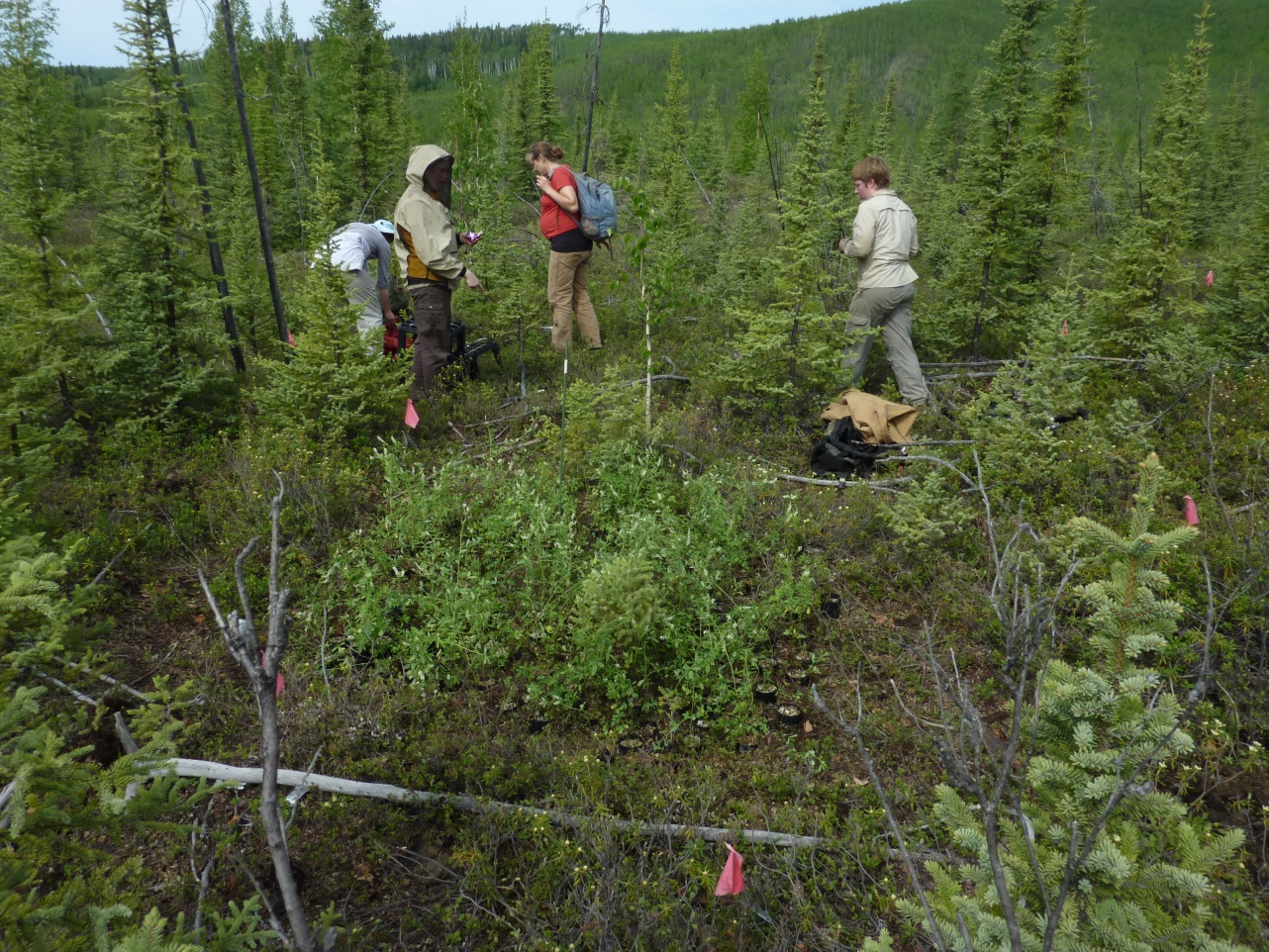
For more information, see:
Schneller, L. 2018. Invasion by the non-native plant Melilotus albus (white sweetclover) affects plant-pollinator interactions in boreal Alaska. Masters thesis, University of Alaska Anchorage.
Spellman, K.V., C.P. Mulder, and M.L. Carlson. 2016. Effects of invasive plant patch size and distance on the pollination and reproduction of native boreal plants. Botany 94:1151-1160.
Spellman, K.V., L.C. Schneller, C.P. Mulder, and M.L. Carlson. 2015. Effects of non-native Melilotus albus on pollination and reproduction in two boreal shrubs. Oecologia 179:495-507.
Homostylous and Distylous Study
We compared the reproductive ecology between two plants found in Alaska, Primula eximia and Primula tschuktschorum. Primula eximia is a common and homostylous plant that appears to be surpassing the reproduction of Primula tschuktschorum, a rare and distylous plant. Distylous plants, such as Primula tschuktschorum, depend on pollinators for reproduction.
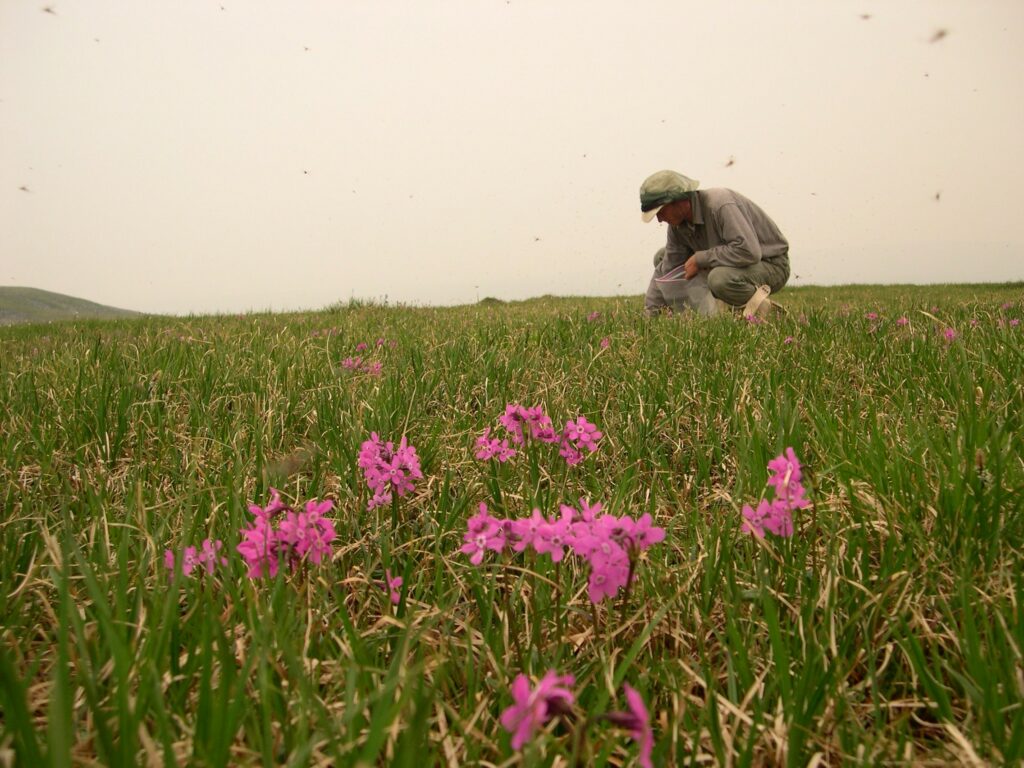
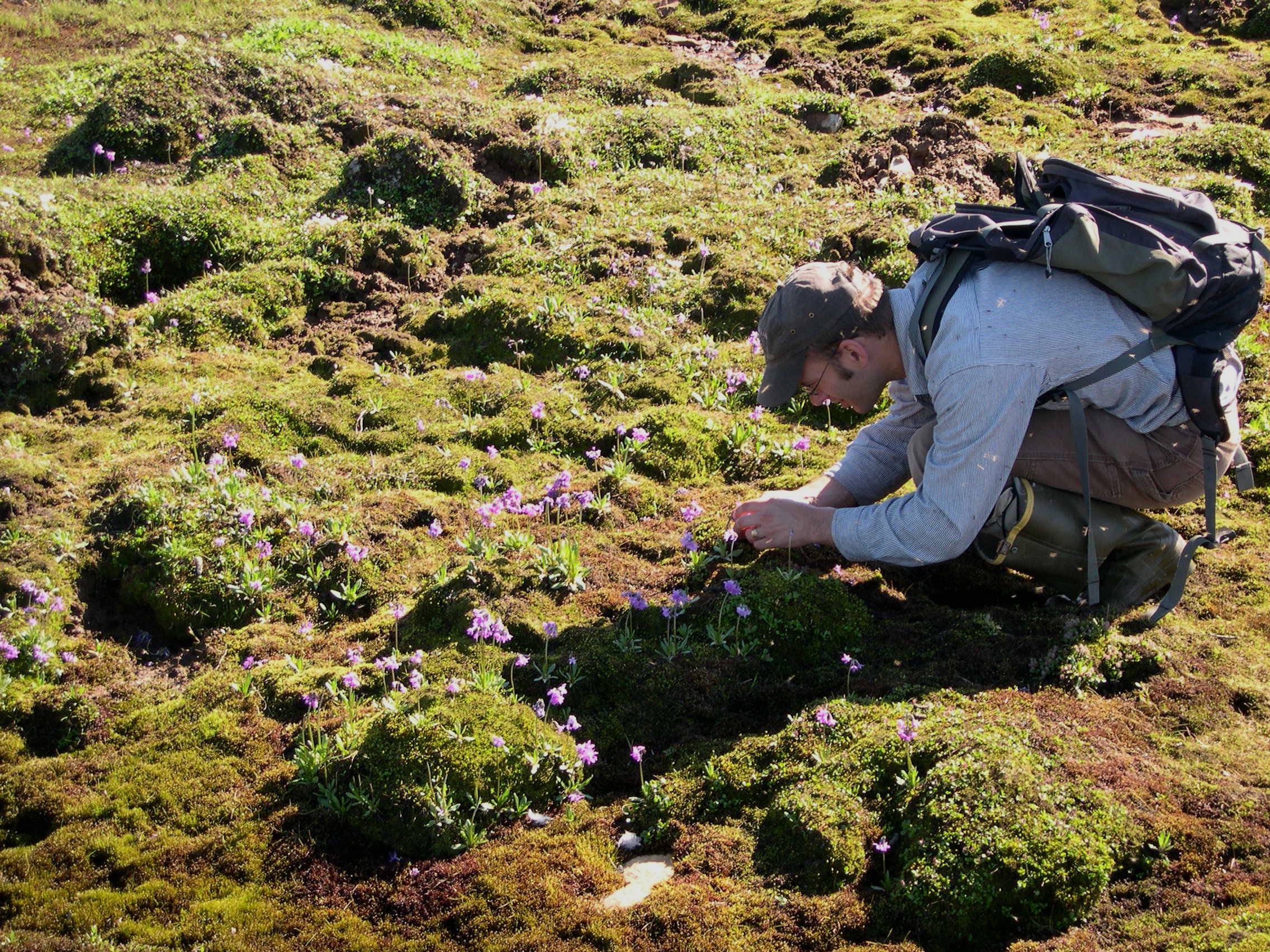
For more information, see:
Carlson, M.L., S.D. Gisler, and S.Kelso. 2008. The role of reproductive assurance in the Arctic: a comparative study of a homostylous and distylous species pair. Arctic, Antarctic, and Alpine Research 40:39-47.
